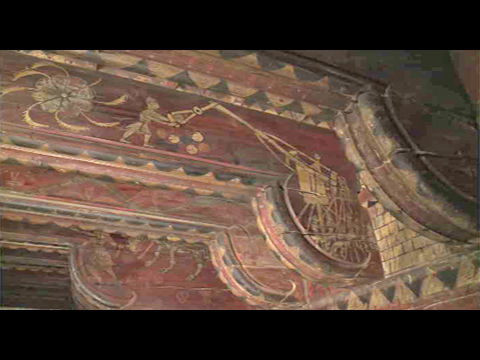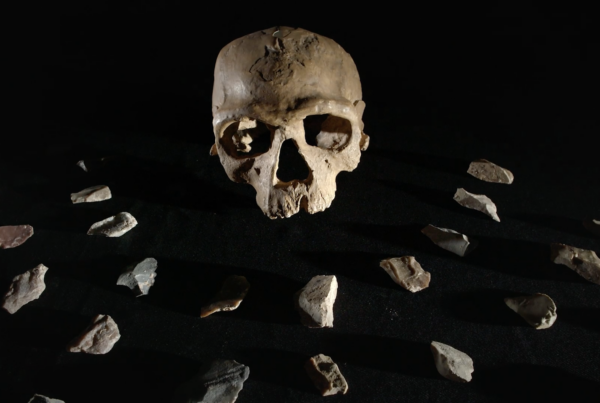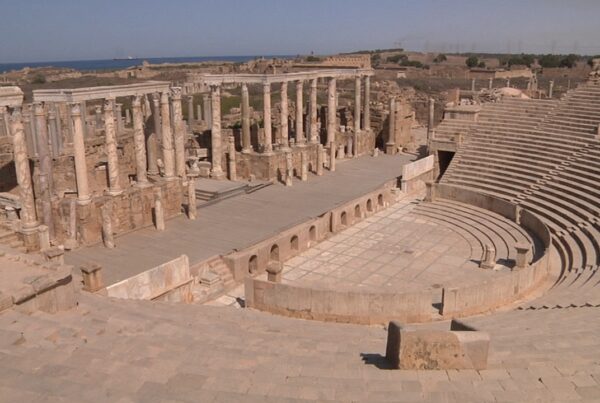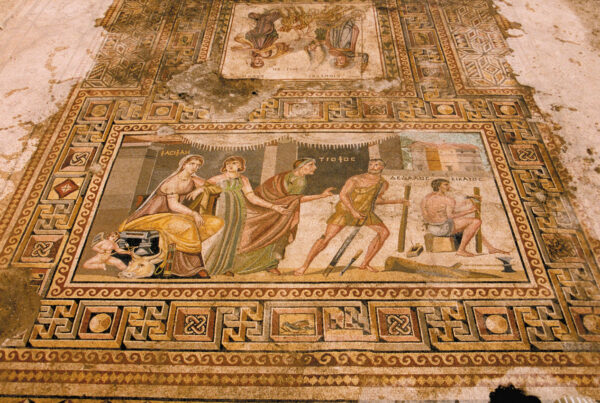At the end of the Middle Ages, throughout the Mediterranean basin, princes, prelates, noblemen and great merchants, all commissioned for their residences great decorative schemes, in which the painted ceilings are true masterpieces. Particular attention was given to the so-called “closoirs”, i.e. the wooden boards tucked between consecutive ceiling joists, in order to hide the unsightly empty spaces between them. The historians Monique Bourin and Pierre-Olivier Dittmar, as well as many conservators, archaeologists and restorers, help us discover the meaning and social function of these images in the medieval domestic universe. In fact, these images constitute for the commissioning patrons a “mise-en- scène”, a staged display of themselves in their daily activities, but at the same time, like distant ancestors of Facebook “walls”, they are also meant for the eyes of all those who visit the decorated rooms. And yet, these painted ceilings are still far from revealing all of their secrets. Going through different sites, such as the archiepiscopal palace of Narbonne and the château of the archbishops at Capestang as well as numerous houses in the beautiful village of Lagrasse, we discover the questions that researchers are faced with and some of the scientific techniques that they use. In addition to the often very precise heraldic information, dendrochronology, i.e. “wood-dating”, allows one to date with great accuracy pieces that come from the woodwork of the painted ceilings. The pigments and their (colour or commercial) values are identified by sampling. For a very long time, and in spite of the talents of numerous painters who applied themselves to the task, this type of art was seldom studied, as it was deemed minor when compared with the great art of Painting proper. Between 1990 and 2000, the science of anthropology, being interested in so-called popular images, brought it back into fashion. This renewal of interest, however, is not without risk for this newly coveted heritage.
- Direction: CLAUDE DELHAYE
- Production: CNRS IMAGES







